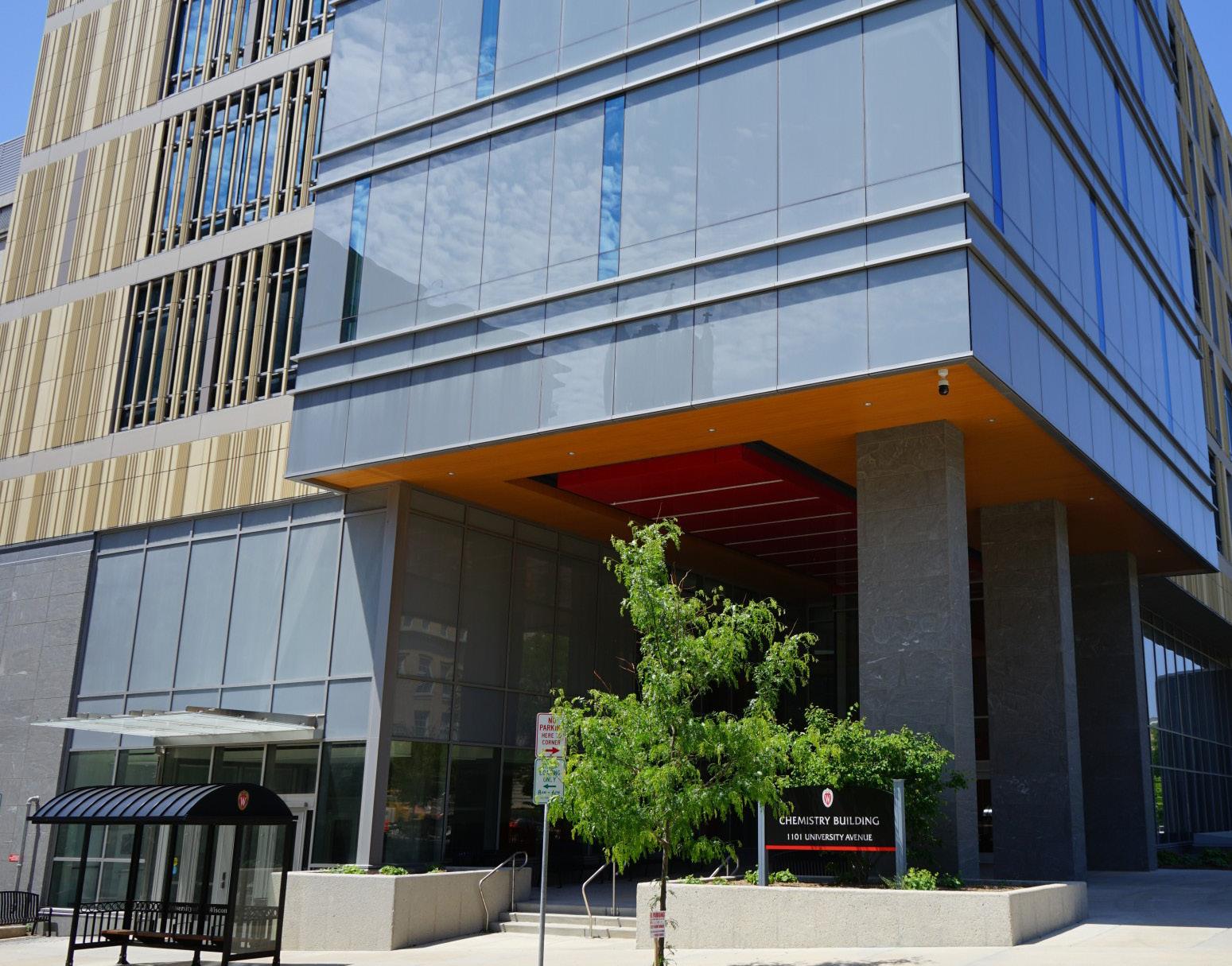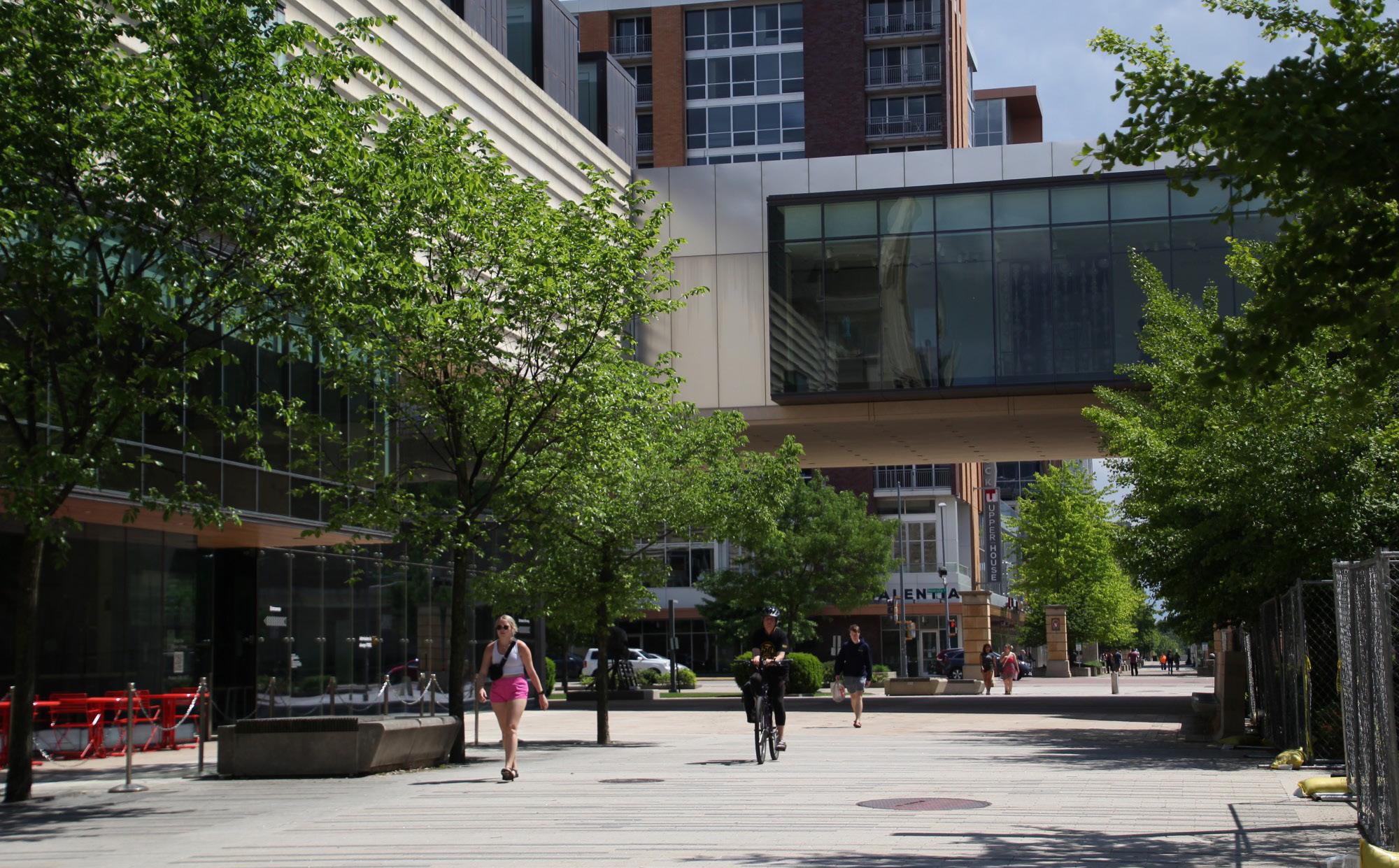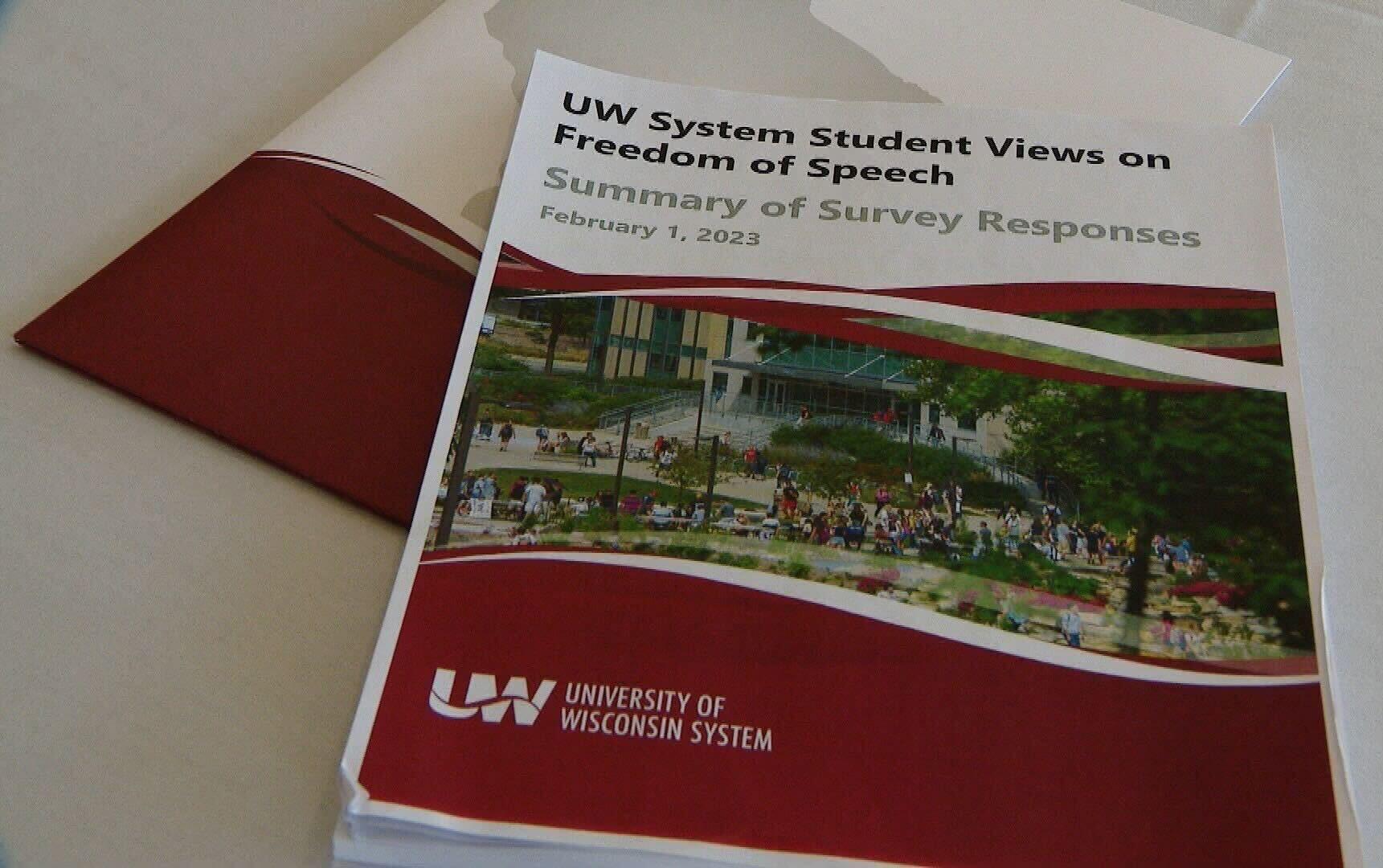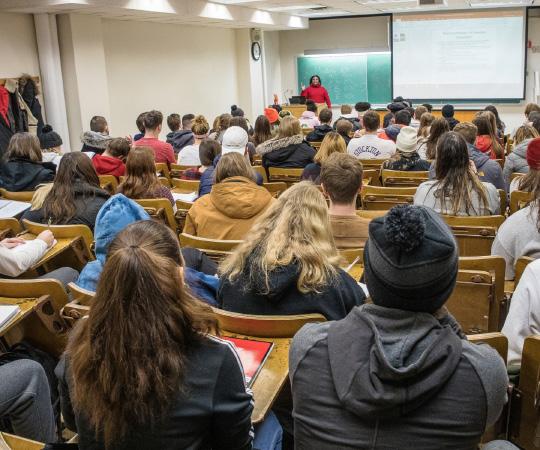
4 minute read
UW-Madison to debut American Sign Language program
By Noe Goldhaber COPY CHIEF
The University of WisconsinMadison language sciences department is o ering its first ASL course at the university, Linguistics 351: American Sign Language 1, in the fall of 2023.
Advertisement
The course sequence aims to help students communicate in ASL, which includes “producing and comprehending ASL across a wide variety of contexts and social settings, a thorough overview of ASL grammar and structure, an understanding of appropriate pragmatic usage and knowledge and appreciation of Deaf culture and history,” according to the language sciences website.
Twenty students are enrolled in the course and a full 40 students are on the waitlist as of June 6, according to UW-Madison’s course search and enroll app.
The university plans to o er ASL 2 during the spring semester so students can continue in the sequence, according to the language sciences department. The four-credit course fulfills the university’s language requirement. In comparison, CDC 424 — the existing two-credit communication sciences and disorders course that emphasizes basic signs in ASL and Manually Coded English — does not fulfill that requirement.
worked as an ASL instructor for students of all ages and in a variety of settings, including community groups and private companies like Goodwill. Koss is looking forward to teaching at a university for the first time.
“The college level is on the top of my list to teach,” Koss wrote in an email to The Daily Cardinal. “From [my past teaching] experiences, I was very fortunate to work and teach with them and [become] a successful instructor.”
Koss stressed the importance of the course for UW-Madison students and the Deaf community for several reasons. For one, ASL instruction allows the Deaf and hearing communities to communicate, facilitating more inclusion for the Deaf community.
“By teaching ASL, I contribute to creating a more inclusive society by bridging the communication gap between the Deaf and hearing communities,” Koss wrote. “It allows deaf individuals to fully participate in various aspects of life, including education, employment and social interactions.” subscription sales.
Koss also emphasized the importance of ASL to Deaf culture and of sharing and advocating for the Deaf community with students.
The Daily Cardinal is published weekdays and distributed at the University of WisconsinMadison and its surrounding community with a circulation of 10,000.
Capital Newspapers, Inc. is the Cardinal’s printer. The Daily Cardinal is printed on recycled paper. The Cardinal is a member of the Associated Collegiate Press and the Wisconsin Newspaper Association.
All copy, photographs and graphics appearing in The Daily Cardinal are the sole property of the Cardinal and may not be reproduced without written permission of the editor in chief.
The Daily Cardinal accepts advertising representing a wide range of views. This acceptance does not imply agreement with the views expressed. The Cardinal reserves the right to reject advertisements judged offensive based on imagery, wording or both.
Complaints: News and editorial complaints should be presented to the editor in chief. Business and advertising complaints should be presented to the business manager.
Letters Policy: Letters must be word processed and must include contact information. No anonymous letters will be printed. All letters to the editor will be printed at the discretion of The Daily Cardinal. Letters may be sent to opinion@ dailycardinal.com.
Editorial Board
Graham Brown • Tyler Katzenberger
• Em-J Krigsman • Charlotte Relac •
Priyanka Vasavan • Drake White-Bergey • Ethan Wollins
Board of Directors
Scott Girard, President • Ishita
Chakraborty • Don Miner • Nancy Sandy
• Phil Hands • Nathan Kalmoe • Josh
Klemons • Barbara Arnold • Jennifer Sereno
The new course is instructed by Taylor Koss, a deaf athlete and current ASL instructor at La Follette High School in Madison. UW-Madison joins other area universities such as Madison College, UW-Milwaukee and the University of Minnesota-Twin Cities with existing ASL courses.
Koss graduated from the Wisconsin School for the Deaf and began a degree in world languages at UW-Milwaukee in 2020. He has
“Teaching ASL allows me to share the rich cultural heritage, history, traditions, values and beliefs of the Deaf community,” Koss wrote. “I can help dismiss misconceptions and promote a more inclusive society by educating others.”
“ASL has its own syntax and grammar,” he continued. “It is important for UW-Madison to understand why ASL is important and to add language to the [university’s] program.”
Darrell Roby, president of the
Madison Association for the Deaf, discussed the potential impacts of the course beyond UW-Madison in an email to The Daily Cardinal.
“Funding and committing university resources to a course related to the Deaf community can have several positive impacts beyond the university and within the Deaf community,” Roby wrote. “[This includes] education and awareness, empowerment, increased accessibility, collaboration and partnerships, workforce diversity and social change.”
Amy Free is an ASL interpreter at UW-Madison who works in a variety of settings on campus, including anything from large events with thousands of people to one-on-one meetings with deaf students. She spoke to the importance of proper ASL instruction from deaf instructors who can discuss the Deaf experience and teach ASL in an appropriate manner.
“I find it hopeful that on our campus, [the ASL course] will bring exposure to people to the right way to learn language, from a person who can actually speak to Deaf experiences,” Free said.
Free also discussed why she chose to study ASL and o ered her advice to future UW-Madison ASL students.
“Take the course if you want to commit to learning more,” Free said. “It’s not easy — it’s going to take work outside of class. You can’t study abroad for ASL, so think about going to some Deaf events and get some immersion.”
Free also shared hopes that the ASL course would help deaf students who communicate using ASL to be able to communicate with more students on campus.

“This is a hearing university, and that can be isolating for a Deaf student,” Free said. “I think if we can imagine more students having exposure to ASL, being comfortable and not afraid of Deaf people — and being comfortable with trying to sign — eventually some of that isolation could [be reduced].”










